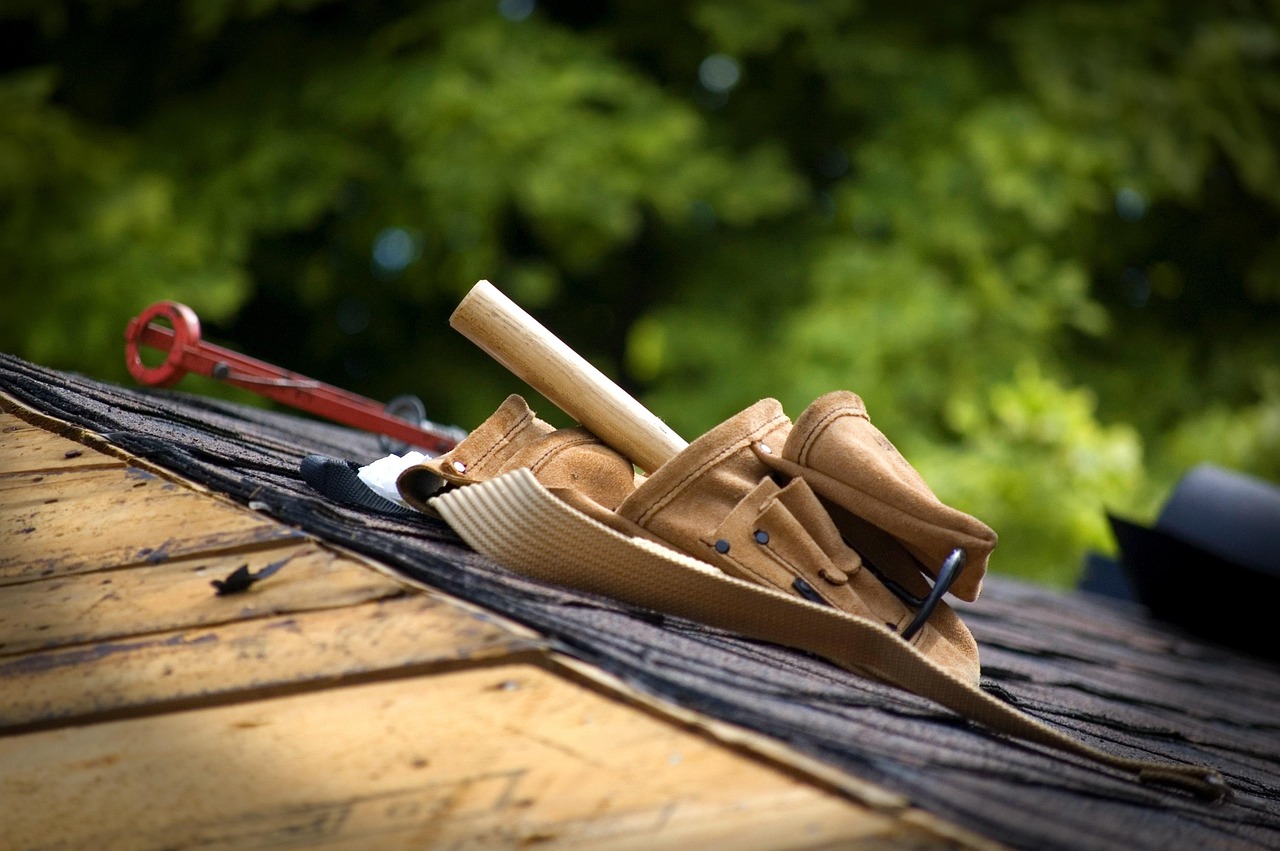Roofing requires a specific set of tools designed to ensure safety, efficiency, and quality results. From basic hand tools like hammers and ladders to specialized power tools and safety equipment, having the right tools is essential for any roofing project. The most important roofing tools cover everything needed to access the roof safely, install materials accurately, and handle various roofing tasks effectively.
Professionals and DIYers alike should prioritize tools that suit the type of roofing material and job complexity. This includes equipment for cutting, fastening, measuring, and securing roofing components. Investing in the proper tools not only improves work quality but also helps prevent accidents and reduces project time.
Understanding the essential tools helps anyone approach roofing projects with confidence and precision. Knowing which tools to use for specific tasks creates a smoother workflow and ensures that jobs are completed to a high standard.
Essential Roofing Tools
Roofing requires a precise selection of tools tailored to specific tasks like cutting, fastening, and measuring. Additionally, proper safety gear protects workers from the hazards common on rooftops. The right combination improves efficiency and quality while maintaining safety standards.
Hand Tools for Roofing
Hand tools form the backbone of most roofing jobs. Essential items include utility knives for cutting shingles and roofing felt. Roofers also rely on hammers, particularly roofing hammers with a claw for nail removal and a magnetic nail holder.
A chalk line is critical for marking straight lines to guide shingle placement. Roofing shovels or tear-off tools help remove old shingles efficiently. Nail pullers and pry bars aid in precision and demolition tasks.
These tools are valued for their durability and ease of use, requiring minimal power but high accuracy during roofing installation and repairs.
Power Tools for Roof Installation
Power tools speed up roofing work, especially on larger projects. Cordless nail guns greatly reduce the time spent securing shingles, offering consistent nail placement. Electric or pneumatic models are both common.
Circular saws and reciprocating saws are used for cutting wood decking and framing components. Some roofers use power drills for installing metal roofing panels and other hardware.
Battery-powered tools are preferred for mobility, but plug-in options may provide stronger performance. Proper maintenance ensures these tools can withstand the demanding conditions of roofing work.
Safety Equipment for Roofers
Safety gear is mandatory to prevent falls and injuries. Roofers must wear climbing harnesses connected to secure anchor points to prevent accidental falls from height.
Non-slip roofing boots improve footing on steep or wet surfaces. Hard hats protect the head from falling debris, while gloves guard hands against cuts from sharp materials.
Eye protection like safety goggles and hearing protection when using power tools are also necessary. These items collectively reduce the risk of injury and comply with workplace safety regulations.
Specialized Tools for Advanced Roofing Projects
Advanced roofing tasks require specific tools that improve precision, efficiency, and safety. These instruments help professionals handle complex materials, measure accurately, and keep the worksite clean.
Sheet Metal Working Tools
Working with sheet metal demands tools designed for cutting, bending, and shaping metal roofing components. A metal brake is essential for creating clean bends in metal sheets. It allows precise folding, which is critical for flashing and edge details.
Cutting metal requires shears or a nibbler. Manual or powered shears cut through different gauges, while nibblers offer clean, chip-free cuts in tight curves. A seaming tool is necessary to lock metal panels together securely, preventing leaks.
Proper use of these tools ensures tight seams and durable installations, vital for metal roofing projects.
Roof Measuring and Layout Tools
Accurate measurements reduce errors and material waste. A laser distance measurer provides quick and reliable length readings even at heights or awkward angles.
Roof pitch meters calculate slopes, which is important for choosing materials and ensuring proper drainage. A chalk line marks straight guidelines for shingle placement or panel alignment.
Digital apps combined with traditional tools allow for precise layouts. These tools save time and improve the overall fit of roofing materials.
Debris Removal and Cleanup Tools
Keeping the site clear of debris improves safety and speeds up work. Magnetic sweepers are valuable for gathering nails, screws, and metal scraps that pose hazards.
A sturdy roof broom removes loose materials like leaves, dirt, and dust. For post-installation cleanup, a high-powered blower quickly clears shingle granules and dust from gutters and surfaces.
Effective cleanup tools protect workers, enhance the quality of the installation, and reduce calls for repairs caused by debris interference.






Leave a Reply